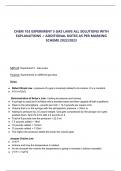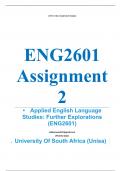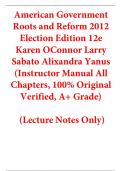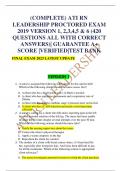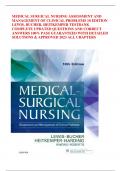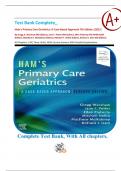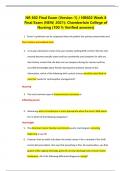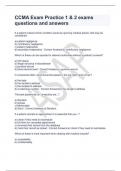Exam (elaborations)
2025 Comprehensive ENPC Exam Mastery (Emergency Nursing Pediatric Course): Complete Test Bank for ENPC 6th Edition - Essential Resource for ENPC Students' Success | Comprehensive Review of Pediatric Emergency Nursing Care, Including Shock Management, Tra
- Course
- Institution
2025 Comprehensive ENPC Exam Mastery (Emergency Nursing Pediatric Course): Complete Test Bank for ENPC 6th Edition - Essential Resource for ENPC Students' Success | Comprehensive Review of Pediatric Emergency Nursing Care, Including Shock Management, Trauma Care, Respiratory and Cardiovascular Eme...
[Show more]




